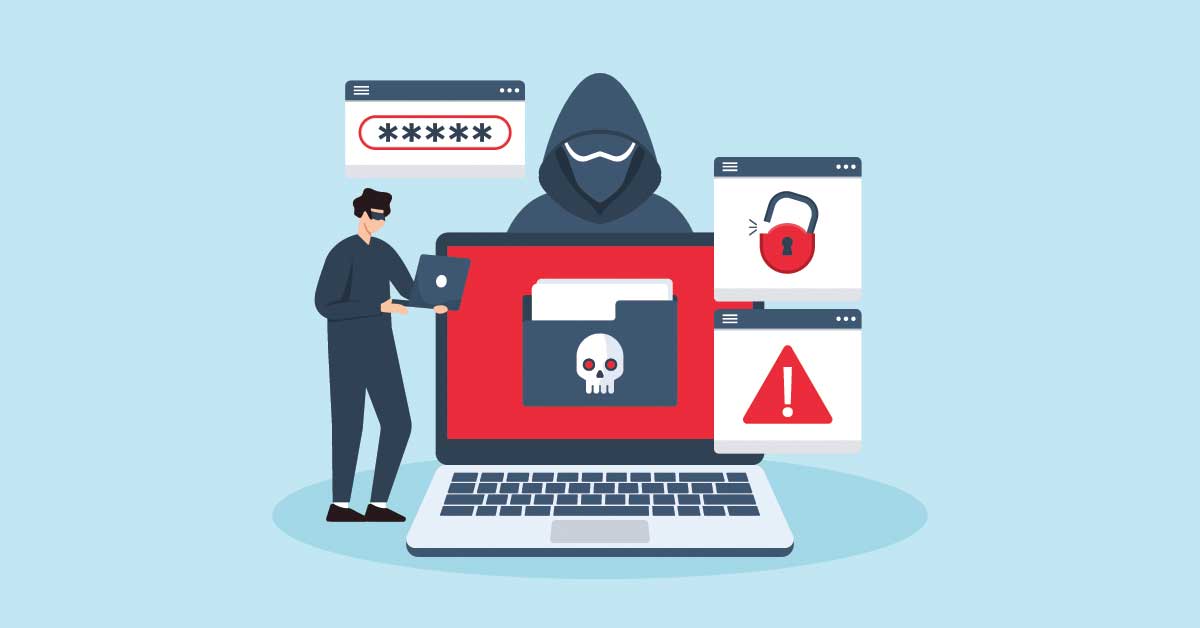Ransomware Impact: A Case Study on Recovery, Costs, and Lessons Learned
Ransomware attacks have become a grim reality for businesses across all industries. Recently, one of our clients faced a sophisticated attack that underscores the significant operational, financial, and reputational toll these incidents can exact. Here’s how we navigated the aftermath, restored operations, and learned critical lessons.

The Immediate Impact on Business Operations
The attack led to a seven-day operational downtime, halting critical business functions. Every workstation and server in the environment were affected, requiring significant effort to recover. In total, over 120 technician hours were logged—without accounting for the client’s lost productivity and revenue.
The Recovery Process: A Multi-Layered IT Security Approach
The recovery was an exhaustive effort involving multiple stakeholders, tools, and strategies:
- Forensic Investigation: Our team coordinated with an Incident Response (IR) firm to analyze the attack vector and ensure all traces of the ransomware were removed.
- Restoring from Backups: A painstaking process of downloading, validating, and restoring backup images was undertaken, with some files requiring over 10 hours for retrieval.
- Workstation Reimaging: Every affected workstation had to be rebuilt from scratch using a portable deployment solution.
- Network Isolation and Security Hardening: Outbound access was restricted, endpoints were secured with advanced antivirus solutions, and logs were analyzed to close any gaps.
- Vendor and Legal Coordination: Collaboration with cyber insurance, legal counsel, and affected vendors ensured compliance with breach notification laws and minimized reputational damage.
Hidden Costs of Ransomware: More Than Just Technology
The attack revealed several intangible costs that extended beyond immediate recovery:
- Reputational Damage: A vendor discovered the breach and severed access until remediation was verified, complicating operations further.
- Legal Obligations: All exfiltrated files had to be uploaded to a data mining firm to assess exposure to PII. Breach notification laws required prompt action.
- Insurance Claims: A $38,000 claim to cyber insurance was filed to cover incident response costs.
Key Lessons in Business IT Security Strategy
Ransomware can cripple an organization, but preparation and swift action can mitigate the damage:
- Backup and Restore Capabilities: Reliable, tested backups are critical. Ensuring offsite or cloud backups with quick recovery options can drastically reduce downtime.
- Endpoint Protection: Advanced endpoint security solutions, like SentinelOne, should be standard to detect and prevent malicious activity.
- Incident Response Plan: Engaging IR and cyber insurance early in the process helps streamline recovery and compliance efforts.
- Stakeholder Communication: Proactive communication with stakeholders, vendors, and counsel is key to minimizing reputational and legal fallout.
Building IT Security Solutions for Business Resilience
This ransomware incident underscores why Louisville Geek’s IT security solutions for business are designed to be both proactive and responsive. Investing in prevention today can protect your business from the financial, operational, and reputational consequences of an attack. A strong cybersecurity strategy should include:
- Multi-layered defenses to detect and block threats before they cause harm.
- Regular employee training to recognize and respond to malicious activity.
- A well-documented incident response plan to ensure swift recovery with minimal disruption.
At Louisville Geek, we work closely with clients to develop tailored security solutions designed to safeguard their businesses. Our approach includes 24/7 threat monitoring, managed detection and response, and advanced email and endpoint protection—all essential components of a strong cyber defense. And when incidents do occur, our Incident Response as a Service (IRaaS) ensures rapid recovery, minimizing downtime and business disruption.
Why Incident Response Is a Core Part of Your Security Strategy
A ransomware attack can bring business operations to a standstill, leading to financial loss, reputational damage, and legal complications. Having a well-structured Incident Response (IR) plan is crucial to detecting, containing, and recovering from cyber threats effectively.
Incident Response involves:
- Forensic investigation to analyze attack vectors and eliminate threats.
- Containment strategies to prevent further spread of the attack.
- System restoration to recover data and resume operations.
- Collaboration with cybersecurity experts to mitigate damage and strengthen defenses.
Want to see how IR works in action? Explore real-world case studies and best practices on Arctic Wolf’s Incident Response in Action page.
Take Action Now: Protect Your Business with Proven IT Security Solutions
Cyber threats are evolving, and businesses must stay ahead of potential risks. Louisville Geek helps organizations build proactive cybersecurity strategies that prevent attacks before they happen. Our multi-layered security approach includes continuous monitoring, advanced threat detection, and incident response planning to keep your business secure.
If You’re Experiencing an Active Cyber Attack
Get immediate help from cybersecurity experts by visiting Arctic Wolf’s Emergency Incident Response page for guidance on urgent next steps.



